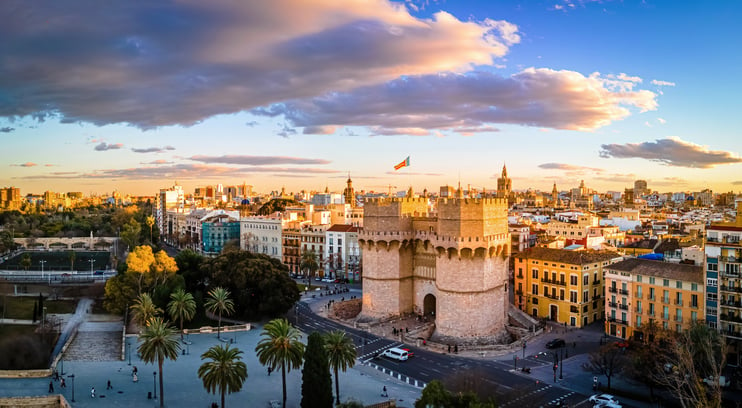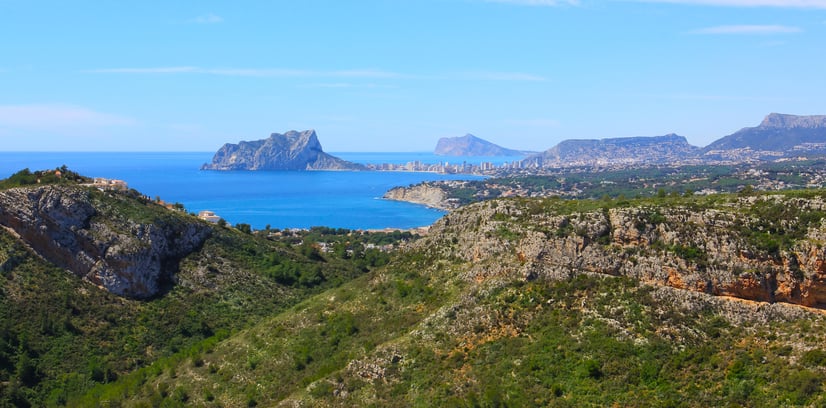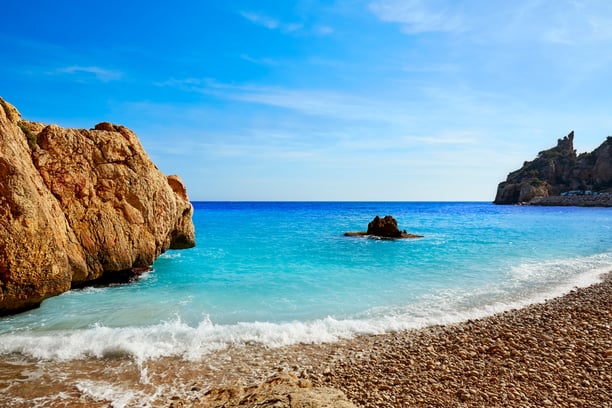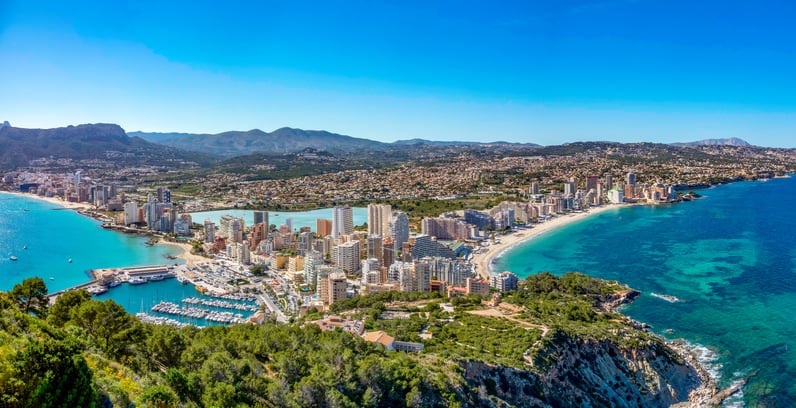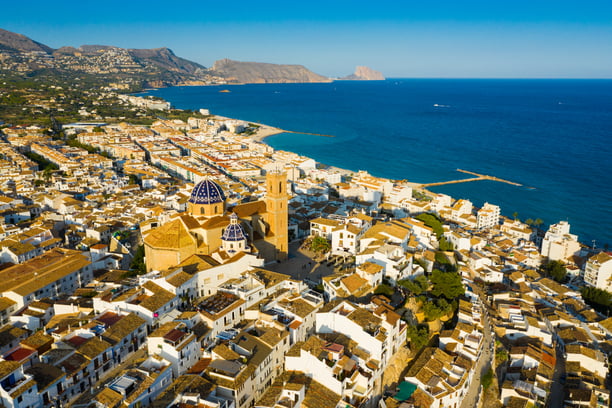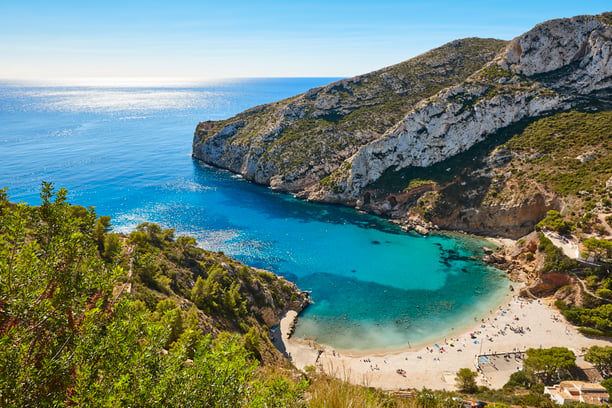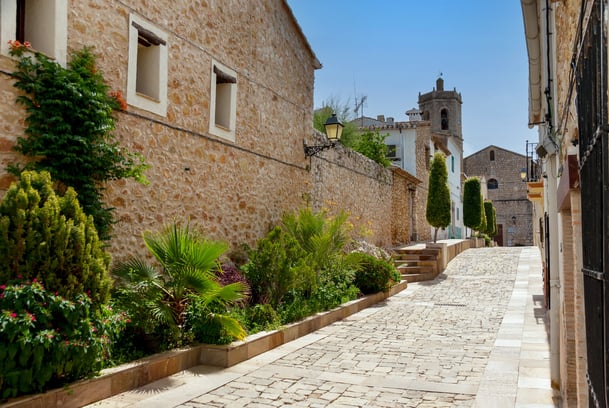The Benefits of Xeriscaping
21.08.2024
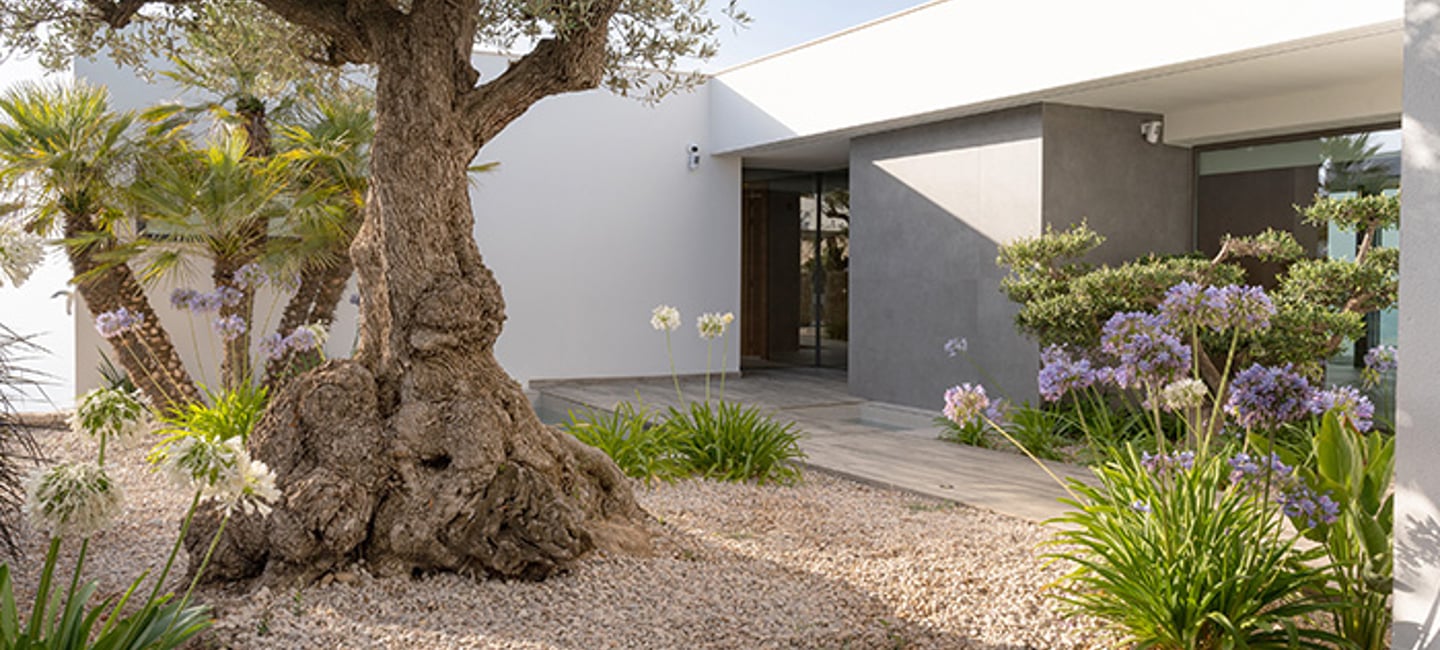
We Detail the Benefits of Xeriscaping to Give Your Garden a Sustainable Focus
Xeriscaping, also known as xeriscape gardening, has gained popularity in recent years due to its numerous benefits for both the environment and garden owners. This method focuses on efficient water use and the creation of sustainable, low-maintenance landscapes.
In this Post, We Will Explore the Key Benefits of Xeriscaping and How It Can Transform Your Garden into a Sustainable Oasis
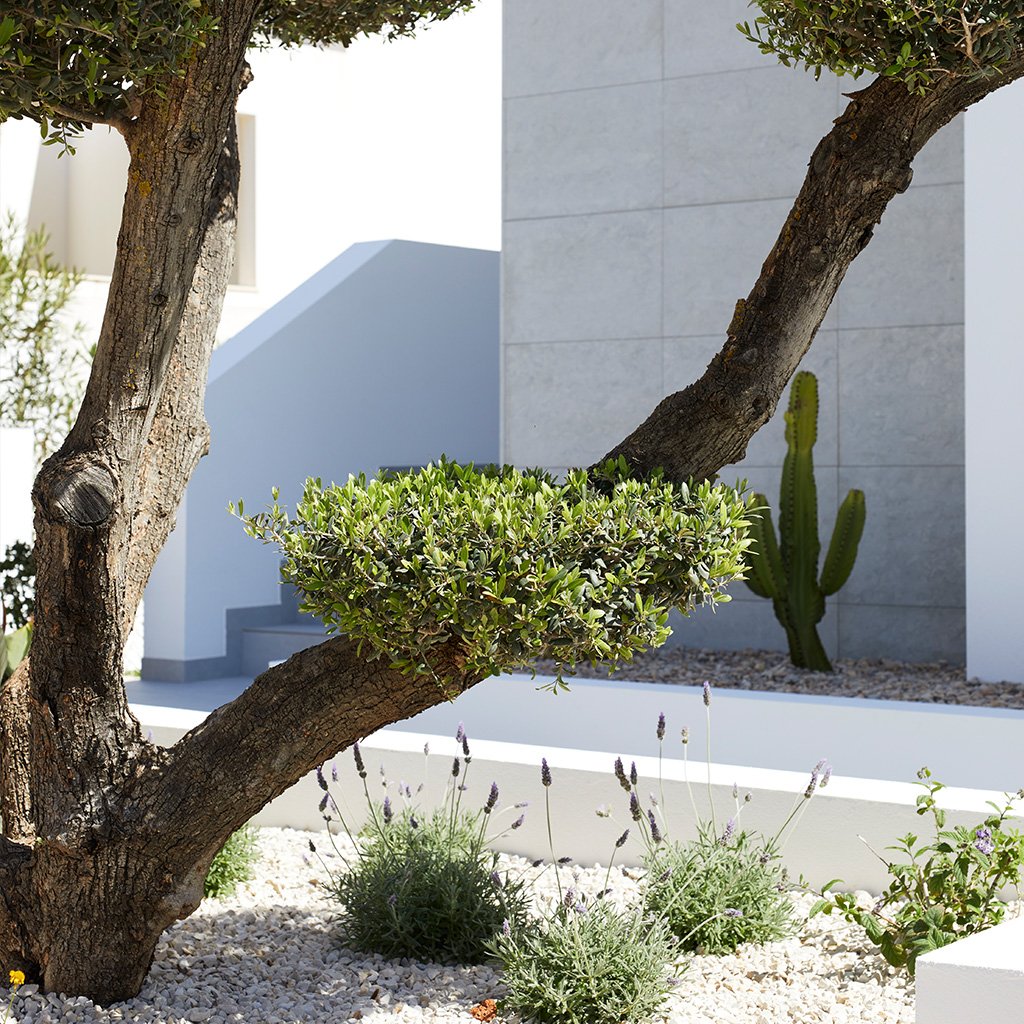 A majestic tree provides beauty in the garden of this home, creating a welcoming and sustainable environment.
A majestic tree provides beauty in the garden of this home, creating a welcoming and sustainable environment.
1. Water Conservation
One of the most significant benefits of xeriscaping is water savings. This approach uses plants that require less watering, such as succulents, cactus and native plants adapted to the climate of the area. By reducing the need for constant watering, you not only reduce your water consumption, but also contribute to the conservation of this vital resource.
2. . Reduced Maintenance
Xeriscaped gardens require less maintenance compared to traditional gardens. The plants used in xeriscaping are generally more resistant to pests and diseases, which reduces the need for pesticides and herbicides. Additionally, the use of ground covers and mulches helps suppress weeds, translating to less time spent gardening and more time enjoying your outdoor space.
3. . Cost Savings
Less water usage and reduced maintenance translate into significant cost savings. By cutting down on water consumption and the need for chemicals and gardening tools, you can save money in the long run.
4. Improved Soil Health
Xeriscaping promotes soil health by encouraging the use of native and locally adapted plants. These plants have deep root systems that improve soil structure and increase the soil's ability to retain water and nutrients. Healthy soil is the foundation for a thriving and sustainable garden.
5. Natural Aesthetics Adapted to the Environment
Contrary to popular belief, a xeriscape garden does not have to be barren or boring. With proper planning, you can create a beautiful and diverse landscape that reflects the natural beauty of your region. Native plants, with their varied shapes and colours, can provide stunning visual appeal and habitat for local wildlife such as birds and butterflies.
6. Environmental Sustainability
By reducing the use of water and chemicals, xeriscaping minimises your ecological footprint. In addition, promoting local biodiversity and creating natural habitats helps maintain an ecological balance in your community. Xeriscaping can also mitigate the effects of climate change by reducing the demand for resources and promoting more sustainable gardening practices.
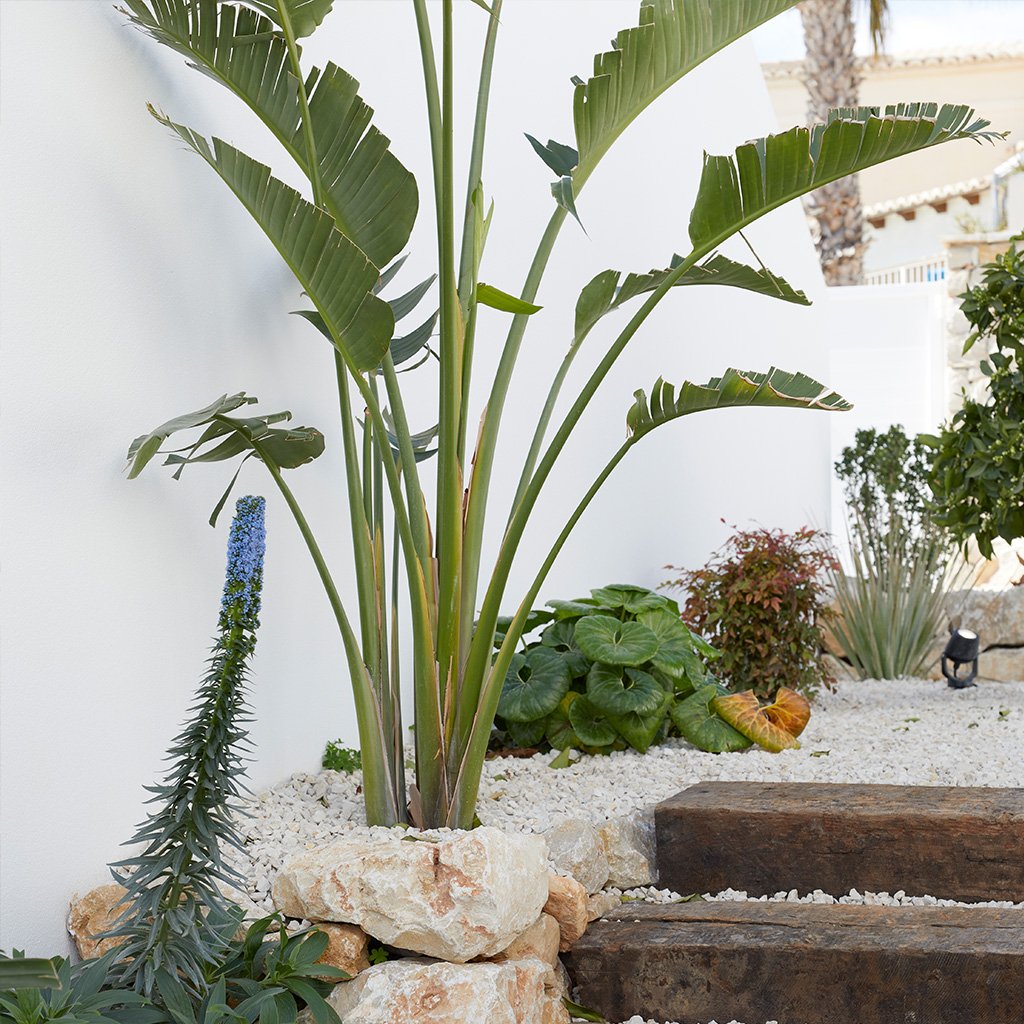 Finished garden detail in VAPF house
Finished garden detail in VAPF house
Native species of the Valencian Community
Here are the native species of the Valencian Community, so that you can start to get to know them and build your garden in a sustainable way. If you want to access the complete catalogue in Anthos, a programme developed to show information about the biodiversity of the plants of Spain on the Internet.
Trees and Shrubs
- Olive Tree (Olea europaea): Known for its olives and olive oil, the olive tree is a resilient and characteristic tree of the Mediterranean landscape.
- Carob Tree (Ceratonia siliqua): This resilient tree produces edible pods known as carob pods and requires minimal maintenance.
- Mastic Tree (Pistacia lentiscus): A perennial shrub with shiny green leaves, ideal for hedges and dry areas. It is highly resistant and has low water requirements.
- Madroño (Arbutus unedo): This shrub or small tree produces edible red fruits and is valued for its ornamental appeal and resilience.
- Palmito (Chamaerops humilis): The only native palm tree in Europe, ideal for xeriscape gardens due to its resilience and low water requirements.
Herbaceous Plants and Flowers
- Lavender (Lavandula spp.): With its aromatic purple flowers, lavender is an iconic plant of Mediterranean gardens.
- Rosemary (Rosmarinus officinalis): An aromatic plant perfect for dry gardens. Its blue flowers and fragrant foliage are highly prized.
- Thyme (Thymus vulgaris): A herbaceous plant that, besides being useful in the kitchen, is resilient and requires very little water.
- Sage (Salvia officinalis): known for its medicinal and culinary uses, sage is a perennial plant that blooms in spring and summer.
- Santolina (Santolina chamaecyparissus): this shrubby plant has silver leaves and yellow flowers.
Lawns and Ground Covers
- San Juan ‘s Wort (Hypericum perforatum): a perennial plant with yellow flowers, known for its medicinal properties and its ability to quickly cover the ground.
- Achilea (Achillea millefolium): this perennial plant produces flowers in a variety of colours and is ideal for ground cover and erosion control.
- Dactylis (Dactylis glomerata): A hardy grass that tolerates dry conditions well and is ideal for its low water demand.

























